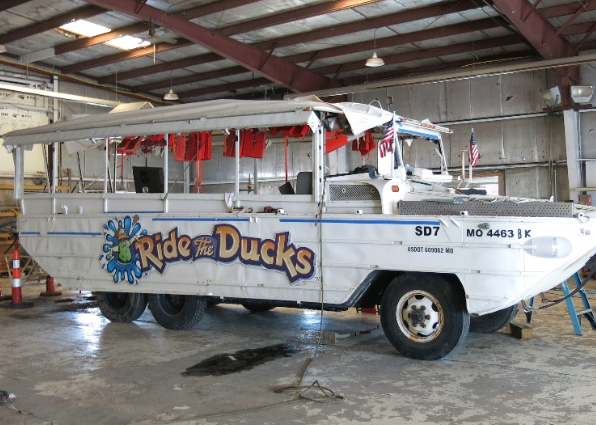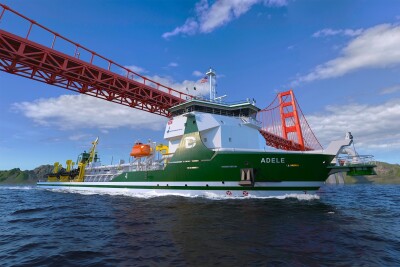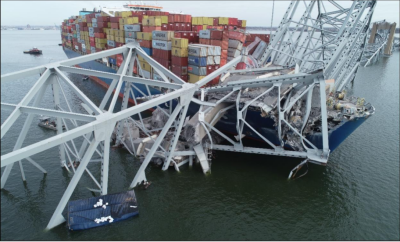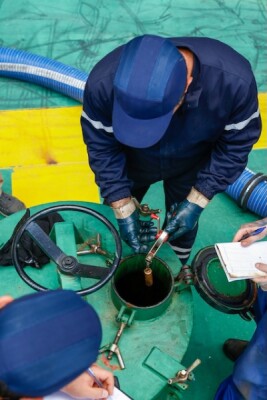Electronic devices including cellphones and a camera were recovered from the fatal July 20 duck boat sinking in Missouri and are being analyzed, according to officials with the National Transportation Safety Board.
The NTSB issued a preliminary report updating its investigation into the Table Rock Lake tour boat sinking near Branson, Mo., when 17 people died. The early stages of the investigation by an NTSB team included 33 on-scene interviews with witnesses, vessel operators, inspectors and company officials of Ride the Ducks Branson, which operated the amphibious tour boat Stretch Duck 7.
With a National Weather Service warning posted for severe thunderstorms, the boat’s two-man crew took 29 passengers onto the lake shortly before 7 p.m., according to a narrative NTSB investigators reconstructed by viewing video recovered from the boat’s onboard camera system.
With wind and waves rising within minutes, the captain attempted to return to shore before the boat was swamped. Data from local weather stations and a vessel that was near the accident indicated winds gusted to over 70 mph, the report says.
Around 7:05 p.m. the vessel sank in 15’ or water and came to rest on the lake bottom about 70’ down, the report says. Raised o July 23, the boat is now in a secured building for analysis. A photo released by the agency showed life vests still hanging from racks over the passenger seats.
It was the deadliest civilian accident involving the World War II-designed boats since a 1999 sinking near Hot Springs, Ark., that killed 13. An NTSB investigation into that accident led to recommendations to the Coast Guard, states, boatbuilders and operators. Critics say the Missouri sinking shows government should have taken a stronger stance on requiring changes, such as adding reserve buoyancy to make the boats more survivable.





